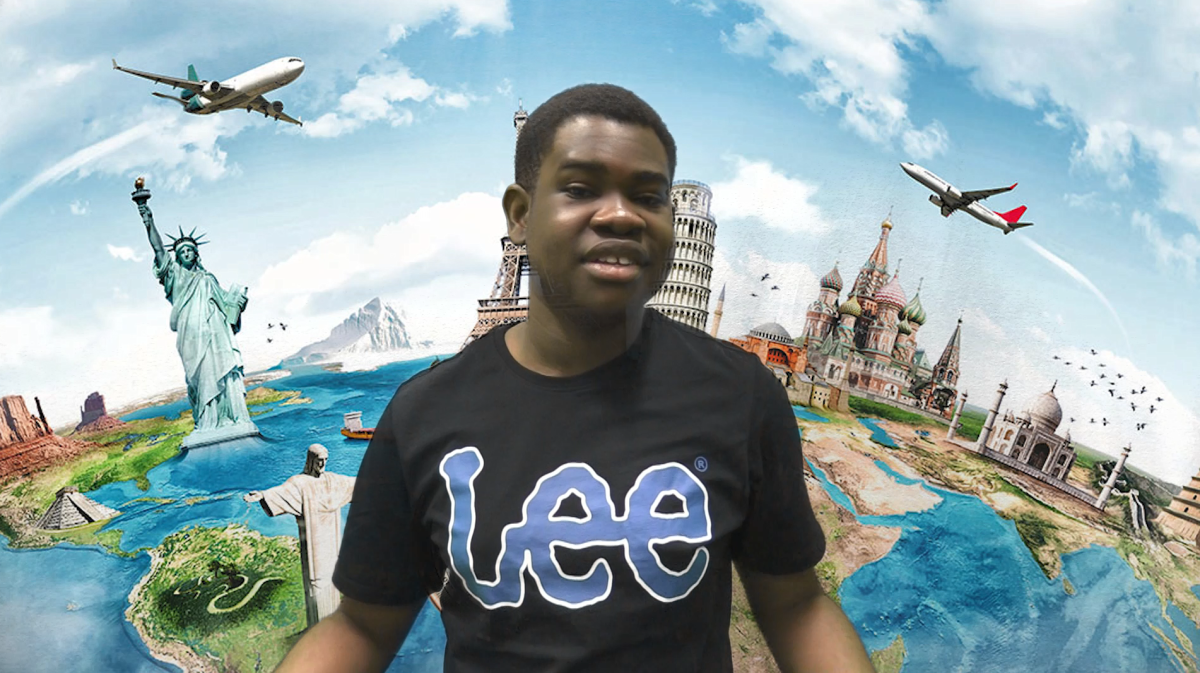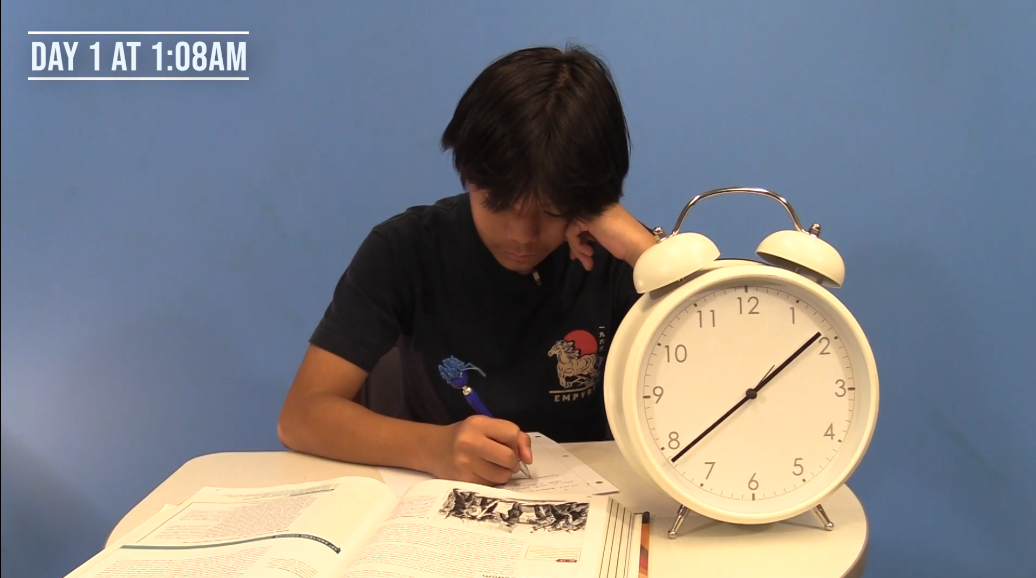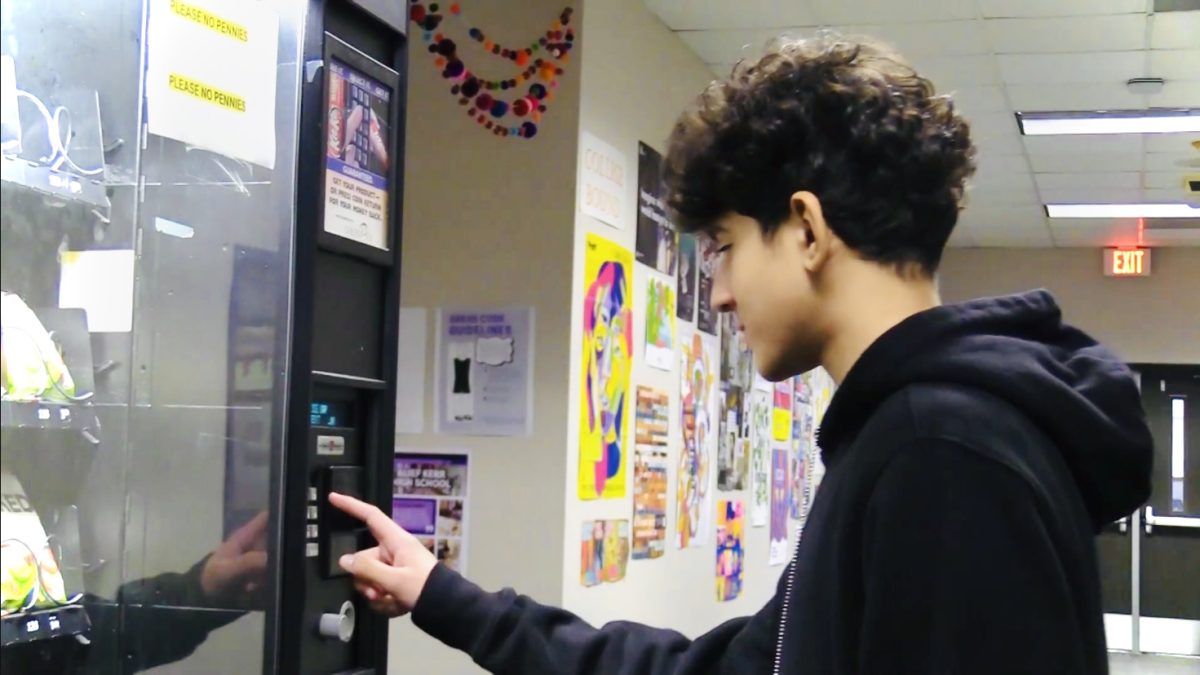As senior Shadre’ Carrington prepares to take her driving test, her photo is taken and she finishes the paperwork. Everything’s going well, up until one of the employees gives her a hard time marking “other” as her race.
Carrington is multiracial.
“My mom is half-white and half-Peruvian, and my dad is black,” she said.
Because she has a diverse background, Carrington is able to experience different kinds of cultures and traditions, but sometimes people act differently towards her.
“I think it affects me mostly when we go out in public because the family that I hang out with is white and obviously, I’m not exactly super light,” Carrington said. “When I go out with my parents, sometimes I get dirty looks from people.”
When at the DPS office, Carrington felt irritated by the employee’s actions.
“Her input was invalid and unwanted,” Carrington said. “It’s expected that biracial people with a black parent refer to themselves as black. People think that you think you’re better than them or snobby or in denial. In denial of what I have no idea. If anything I’m refusing to deny.”
She recalls the time when a man actually approached her family and gave them a disrespectful comment.
“Only one time had someone come up and said something to us,” Carrington said. “We were going out to eat and some guy just randomly came up to us and he said ‘that’s not classy’ or something like that. I was uncomfortable.
“I’d experienced stares but I hadn’t ever had someone be that open about their disapproval.”
Senior Marc Parra, who is half-black and half-Mexican, feels that being multi-racial makes him stand out more in some places than in others.
“Depending where I’m at, in some parts of town, its weird,” Parra said. “People aren’t always used to people being multiracial.”
Parra remembers a time he was around North Houston.
“We were at Northwest Mall and everyone was segregated– blacks with blacks, Hispanics with Hispanics. I could feel all the dirty looks they were giving me, how they were disapproving,” Parra said. “It was really awkward and made me feel weird because people usually joke around, but these people weren’t.”
Although he understood why the people reacted, Parra believes that the response was unnecessary.
“I hated the way they reacted; it was rude. I know why they reacted, but I don’t understand why they had to,” Parra said. “It’s the 21st century. People are different.”
Junior Ana Espaderos, who is half-Guatemalan and half-Japanese, faces similar situations.
“People sometimes look at you differently,” Espaderos said. “Especially due to World Wars, people joke around about Pearl Harbor and it’s kind of awkward.”
She occasionally faces situations where classmates make lighthearted comments.
“When I first mention that my dad is Japanese, people usually say things like ‘don’t bomb me’ or ‘wow do you hate America,’” Espaderos said. “Sometimes it’s funny but I also get embarrassed because I don’t know how to react to it.”
She rejects others’ attempts to classify her as being only one race, especially those who still believe the “one-drop rule,” an early 20th century concept used to marginalize African-Americans.
As Carrington specifies this, she brings up the one-drop rule, something that was first introduced in the early 20th century.
“I think that’s kind of crazy,” Carrington said. “Basically, it just means that if you even have one drop, if your great-great-great-great grandmother is black, even if you’re 99% white, you’d still be considered black.”
Carrington has encountered situations with people who would question her race. Often times, the one-drop rule would be brought up.
“Someone will say something derogatory about me being black, I remind them that I’m half black, [but] they disregard what I say,” she said. “To them, being half black is the same thing as being black. Even though, genetically speaking, that isn’t the case.”
Even though there can be some negative aspects to being multiracial, these students overlook these differences and embrace the fact that they’re multiracial.
Espaderos believes her diverse background is an asset.
“I am different, and although my father doesn’t really want to expose me to the Japanese culture, I want to learn the language,” Espaderos said. “It will benefit my future because I want to be in the International Business, which would be handy since I am from two completely different cultures.”
Parra notes that being multiracial is something he values.
“Personally, I love being multiracial and I think it’s something really great,” Parra said. “I just wish people wouldn’t look at it as being different, but understanding that it is normal.”
Though there are times where her background has caused others to act negatively towards her, Carrington is glad to be multiracial.
“It allows you to see different kinds of cultures,” she said. “It allows you to think more open-mindedly about race and what it means, how it can be ambiguous.”






